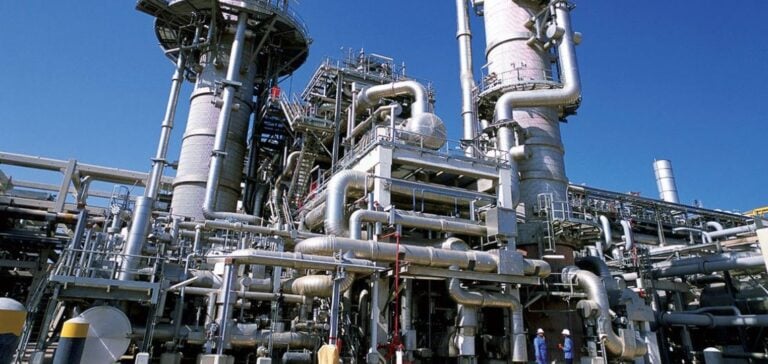In preliminary discussions with the government, Oman LNG plans to add a fourth train to its facilities, increasing its production capacity from 3.6 to 3.7 million tonnes per year. This extension would be the most significant since the addition of the third train in 2005-2006. Mahmoud al-Baloushi, Marketing Director of Oman LNG, said that final decisions would be taken by the end of the year. “The next six months will be crucial for us,” he said in an interview in Muscat. These statements also follow the recent contract between Oman LNG and the German SEFE Group for the delivery of liquefied natural gas over four years, from 2026 to 2029.
Logistical implications of expansion
Expansion would also require increasing the fleet of LNG vessels currently chartered by the state-owned shipping company Asyad. Oman LNG is working with Asyad to anticipate this increased demand.
LNG market economics
LNG prices for delivery to Asia are well below their 2022 peaks. The JKM price for delivery in Northeast Asia was $10.33/MMBtu on April 22, down on 2022. This decline is attributed to increased supply and a switch to coal in Europe, partly due to lower carbon prices.
Future outlook for LNG demand
With annual demand growth estimated at between 3% and 4% in 2023, and despite Qatar’s expansion plans, Oman LNG anticipates a potential supply deficit for 2029 and 2030. “There is a real need to plan now to avoid a future shortage,” added Baloushi.
With current market forecasts showing a growing need for LNG, Oman LNG is strategically positioned not only to fill future supply gaps, but also to strengthen its position in the global gas market.






















